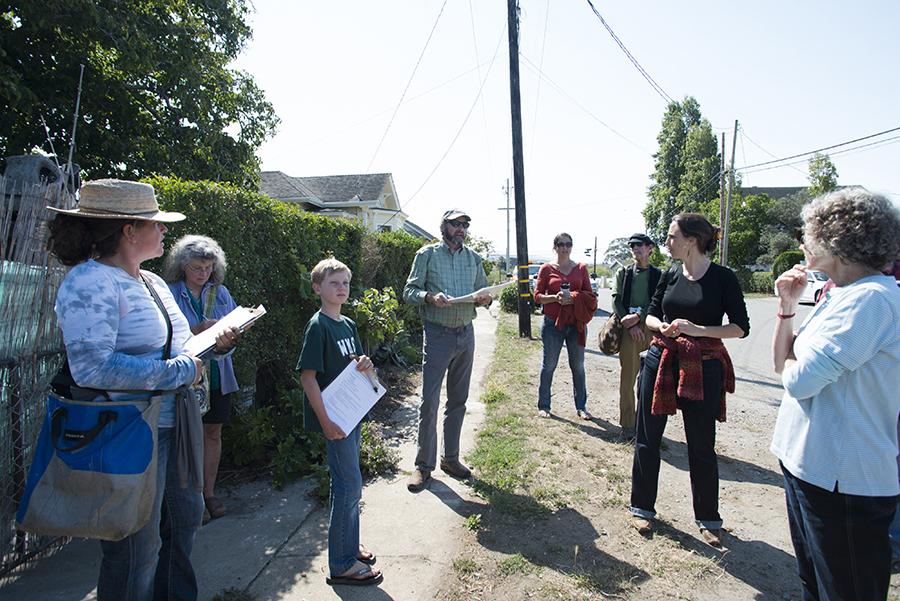Local historian Dewey Livingston has unearthed a long-forgotten moment of the region’s past: an 1879 conflagration in what is now Point Reyes Station . . .
Forgotten fire shines on town’s founding


Local historian Dewey Livingston has unearthed a long-forgotten moment of the region’s past: an 1879 conflagration in what is now Point Reyes Station . . .